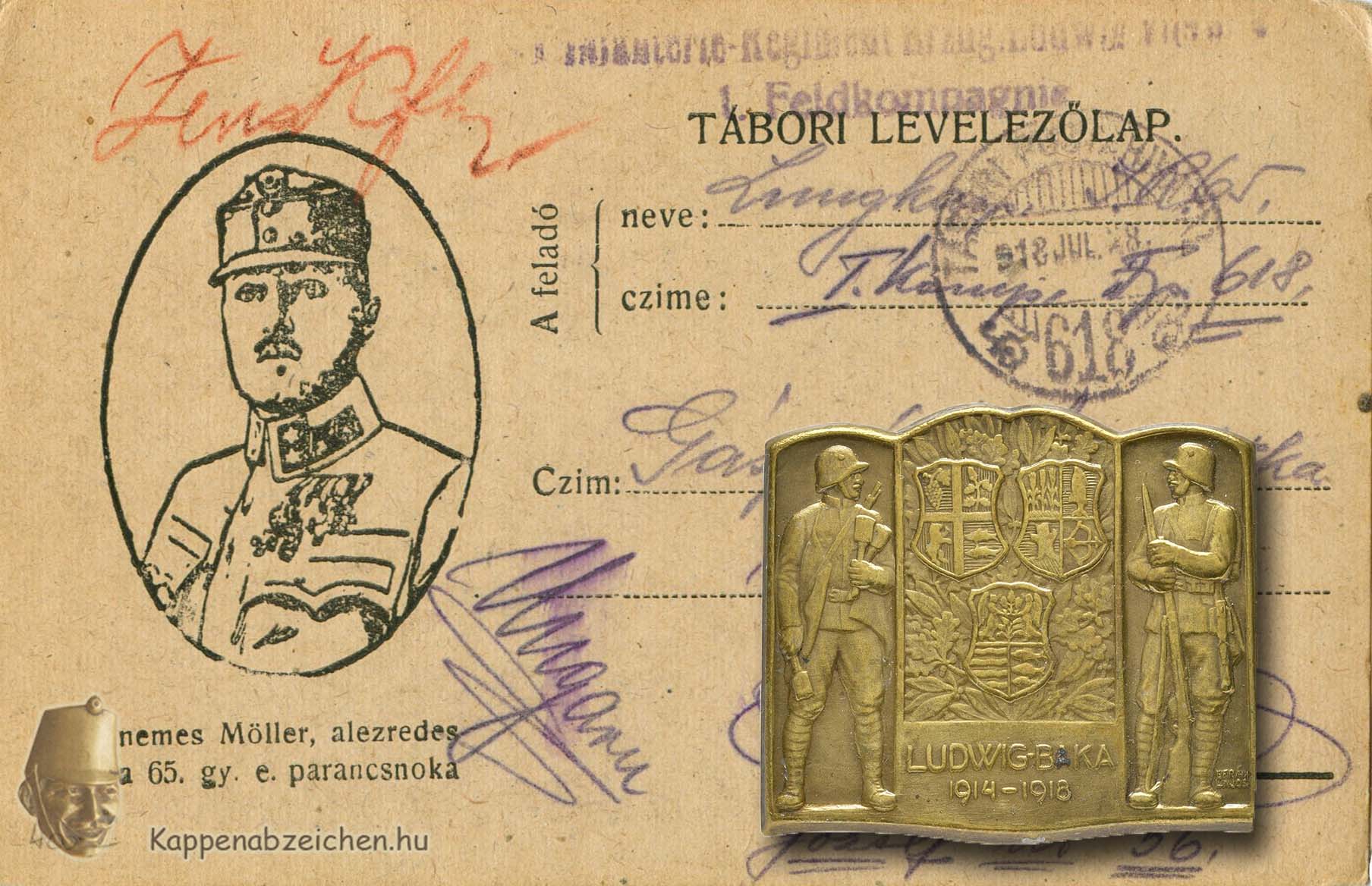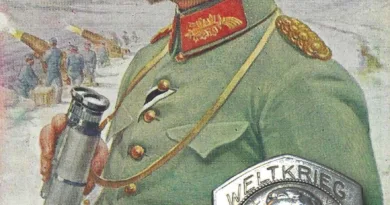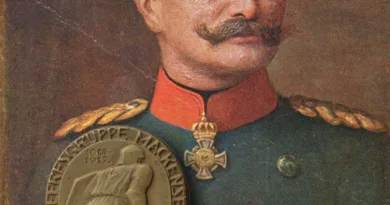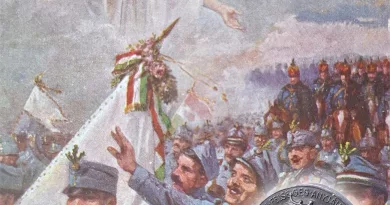Colonel Karl Möller
He was born 1876 in Vienna, in a military family. He graduated from the cadet school in Vienna in 1897, and was assigned to the 25th Infantry Regiment as a lieutenant. He graduated from the military school in 1903 and was then moved to the general staff with the rank of major. In 1914, he was the Chief of Staff of the 34th Division in Temesvár. On July 3, 1916, he became the commander of the 65th Infantry Regiment until the end of the war. Among his awards, he received the Order of the Iron Crown III. class and the Knight’s Cross of the Order of Leopold with war decorations and swords.
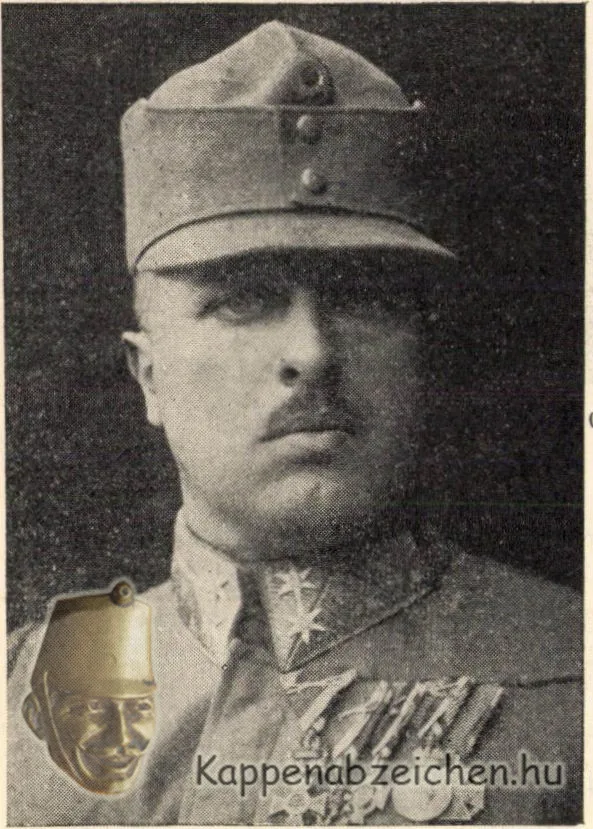
The commemorative album fondly remembers the commander, as in general all those who have served continuously for a long time in the same regiment in command positions. At the beginning of the Brusilov offensive, he was assigned to the 65th Infantry Regiment and was immediately in charge of major combat operations. The regiment also later served on the Eastern Front, already in Ukraine in 1918 as an occupying unit. At the end of 1918, he led his regiment home to Munkács, where he organized the defense of the highlands against the invading Czech legionnaires. A small addition is that my great-grandfather, who returned home from Russian captivity in March 1919, was also able to escape because there was still Hungarian administration in the Munkács area, so he was allowed to return home.
After the Great War, he settled in Banat, Romania, and assumed a political role for the German nationality of Banat. He became a senator in the upper house of the Bucharest parliament. He was also the founder of the cultural association of the Banat Germans. He continued his political career as an enforcer of German National Socialism in Banat from the beginning of the 1930s. He applied to the German Wehrmacht, but was not accepted due to his age. He died of a stroke in 1943.
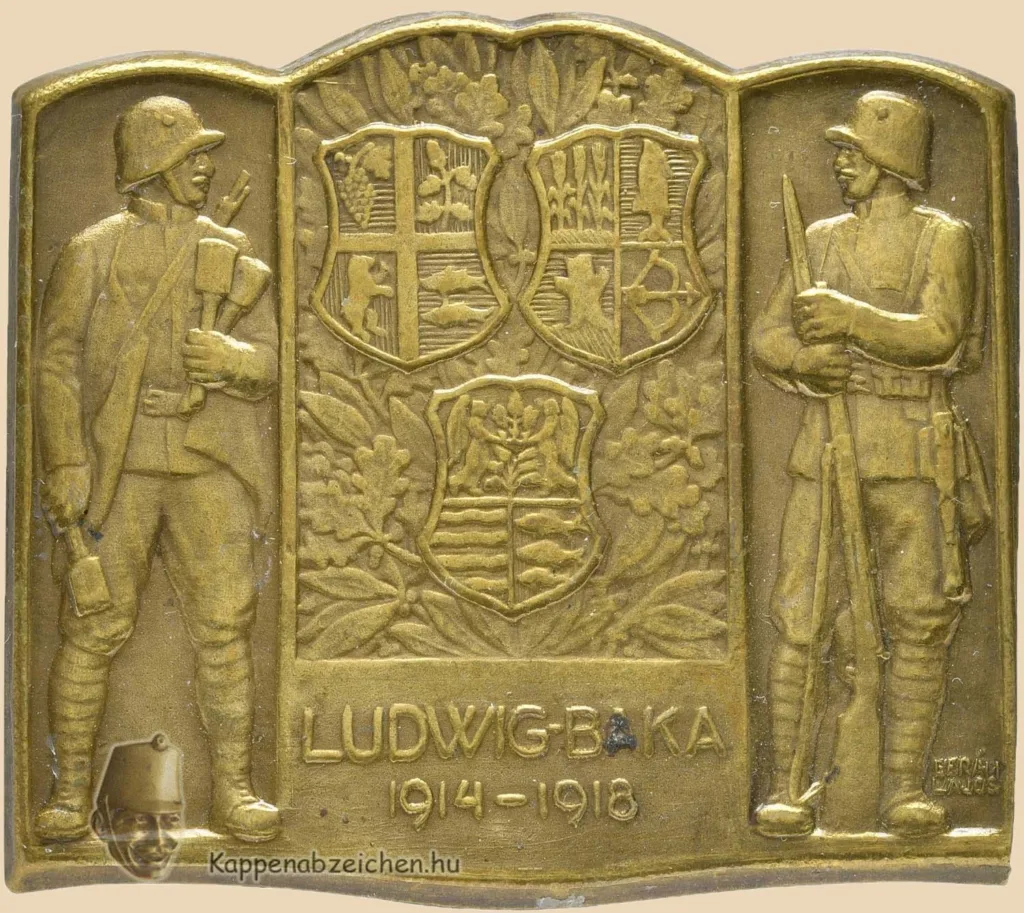
The soldiers of the 65th regiment were called “Ludwig Bucks” after the first name of the regiment’s owner, Archduke Viktor Ludwig of Habsburg. This can be read on the attached badge, which is also decorated with the coats of arms of the three counties of Bereg, Szabolcs and Ugocsa located in the regiment’s supplementary area

